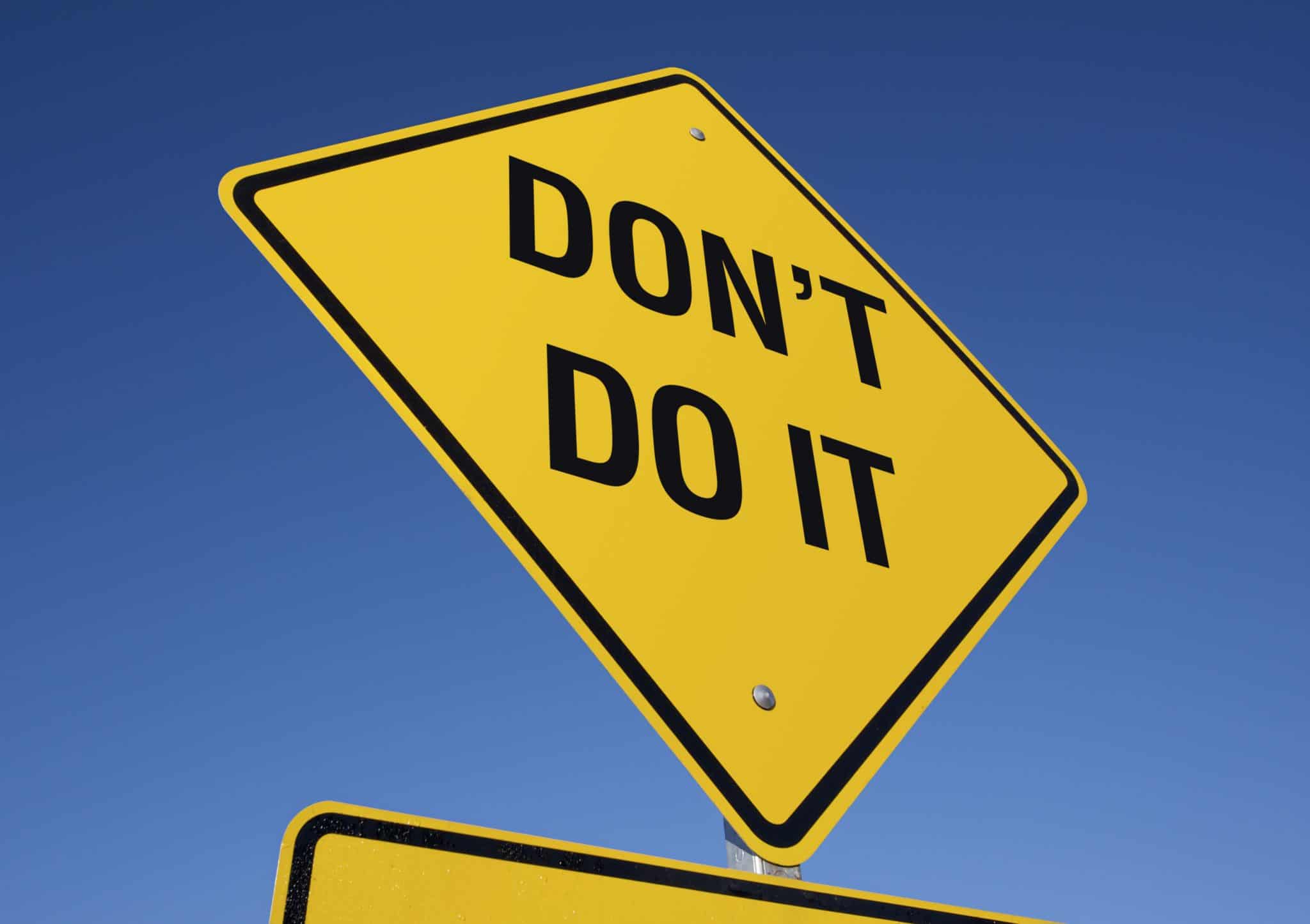Are You Suffering from Holiday Spending Hangover? Here are 2 Ways to Pay Off Your Debt
Happy belated holidays and new year’s! How were your holidays? Did you get to spend plenty of quality time with family and friends?
With the holidays behind us and January here, soon we’ll be celebrating another yearly tradition – the opening of credit card statements from the holidays. For some people, it won’t be a big deal. For other people, they’ll suffer “credit card statement shock” from the amount they spent on holiday shopping.
Are you suffering from holiday spending hangover? You’re not alone. Starting the new year with a credit card balance isn’t very fun, but don’t worry, as you’ll soon find out, there are two tried-and-true ways to reach debt freedom sooner.

Avoiding Credit Card Debt in the First Place
Credit card debt isn’t very fun. Not only are you charged an arm and a leg in interest – 18 percent on traditional credit cards and up to 30 percent on retail credit cards – if you hope to own a home, it can make borrowing money from the bank a lot tougher. You may have to reduce your housing budget, or worse, put your dreams of homeownership on hold.
The easiest way to avoid credit card debt is to not get in debt in the first place. This means only charging something on your credit card that you can afford to pay off in full once your credit card statement comes due. If you’re already carrying a balance, there’s no need to panic, but time is of the essence. The longer you carry a credit card balance, the more interest you’ll accrue.

The Debt Avalanche and Debt Snowball Methods
There are two popular ways to rid yourself of credit card debt: debt avalanche and debt snowball. With the debt avalanche method, you aim to pay off the debt with the highest interest rate. This makes sense since this debt is costing you the most. The sooner you get rid of it, the better.
The second approach, the debt snowball method, involves paying down the debt with the smallest balance first, while ignoring the interest rates. This makes a lot of sense as well, since it can be the most motivating to pay off debt this way.
Whichever method you choose, make sure you keep paying the minimum balance on all your credit cards and debt, otherwise you could ruin your credit score and face an even higher interest rate, along with fees and penalties.

Credit Card Debt Example
To get a better understanding of both methods, let’s run through an example. Let’s say Lisa has two credit cards with outstanding balances. MasterCard #1 has an interest rate of 18 percent and a balance of $2,000, while MasterCard #2 has an interest rate of 28 percent and a balance of $4,000.
To pay off her credit card sooner, in addition to her full-time job, Lisa works part-time as a fitness trainer, earning $300 per week. If she were to choose the debt avalanche method, Lisa would focus on paying off MasterCard #2, since it has the highest interest rate, while paying the minimum payment on MasterCard #1.
However, MasterCard #2 has a pretty large balance of $4,000. It could take her quite a while to pay it off, so Lisa might consider the debt snowball method instead. With the debt snowball method, she would focus on paying off MasterCard #1 since it has the smallest balance. Once MasterCard #1 is paid off, she’d focusing on paying off MasterCard #2.
There’s no one right way to pay off credit card debt. It all comes down to personal preference. The most important thing at the end of the day is for Lisa to reach debt freedom sooner.
Choose the method that works for you and do what it takes to pay off your debt.